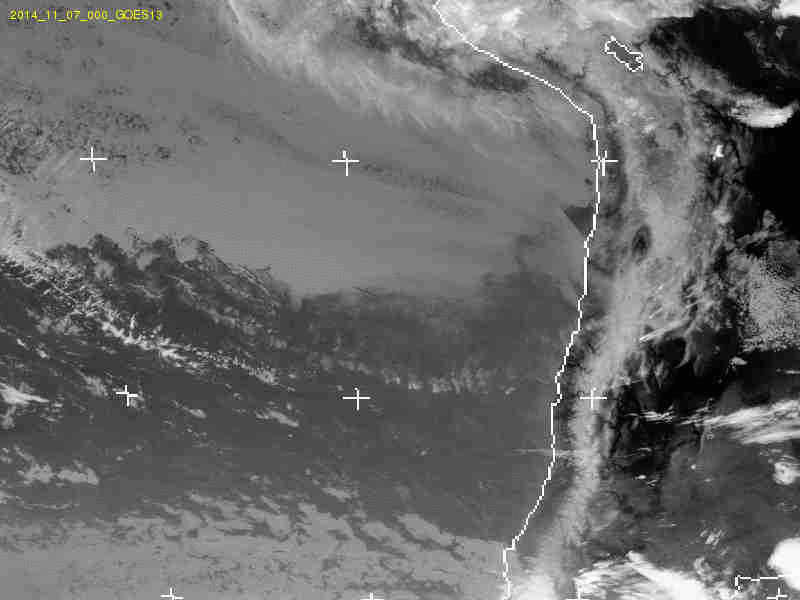Active Galactic Nuclei are powered by accretion of matter onto the supermassive black holes that reside in the centres of most galaxies. Black holes in this growing phase can output sufficient energy and momentum to affect large regions of their host galaxy and even the medium within their galaxy group or cluster, even though the central engine is comparatively tiny. The accretion process is extremely efficient in releasing the gravitational potential energy of the surrounding gas, making the accretion disc around the black hole shine brightly over a wide range of wavelengths. This disc, coupled to other structures in the central engine --- X-ray corona, dusty torus and jet --- emit or reprocess emission over the entire observable electromagnetic spectrum. Excepting the jet, the entire central engine is too small to resolve directly, so the accretion process has to be studied indirectly through its spectrum and flux variability.
AGN research at UV focuses on the observational study of the accretion disc/X-ray corona/dusty torus system through IR, optical and X-ray data. We use spectral and variability information to reconstruct the principal components of the central engine and the relation between them. In particular, we track fluctuation in the optical and NIR bands of several AGN to study how the location of the hottest dust around the AGN depends on luminosity. This study can be expanded in the near future to complement upcoming time-based surveys in the optical bands, such as LSST and SDSS-V. We also study the dependence of the obscuring/reflecting torus on luminosity by modeling the reflected spectrum in the X-ray band for wide range of accretion rates, and the shape of the continuum emission itself, to track at which accretion rate it transits from corona to jet dominated. On much larger scales, we study in detail how AGN can impact their surrounding in galaxy clusters, specifically by what mechanism the AGN jets can input energy into the the X-ray emitting intra-cluster medium. These research lines are supported by the Conicyt group grant AnilloFormation and Growth of Supermassive Black Holesand a Partner Group with the Max-Planck Institute of Astrophysics in Garching, Germany.
Primary researchers in this area:
Verónica Motta - Eduardo Ibar - Patricia Arévalo- Yara Jaffé
Postdocs: Lorena Hernandez
Students: Alejandra Melo (PhD) - Ramsés Jerez (MSc), Rosamaria Carraro (PhD), Yaherlyn Díaz (PhD)
Past students: Evelyn Puebla (BSc.), Irma Fuentes (BSc.), Karina Rojas (BSc, MSc, PhD), Daniela Barrios (BSc), Ramsés Jerez (BSc)
Summer Practice students: Nicol Pizarro (UDLA), Francisca Contreras (UChile)





